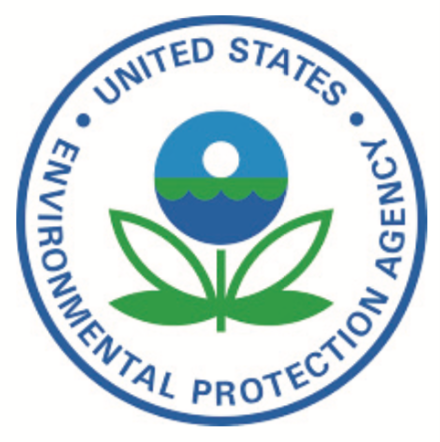The U.S. Environmental Protection Agency announced the results of its evaluation of the Chesapeake Bay jurisdictions’ two-year milestones on October 4, noting that although most of the Bay states are not on track to meet the 2025 water quality restoration goals, 2022 saw new significant successes at the state level that will improve the restoration trajectory.
The two-year milestone reports are prepared by the Chesapeake Bay jurisdictions – Delaware, the District of Columbia, Maryland, New York, Pennsylvania, Virginia and West Virginia. These two-year milestone reports represent key check-in points on the way to having all pollutant reduction measures in place by 2025, a goal established by the Chesapeake Bay Program (CBP) Partnership. The CBP Partnership is composed of the seven Bay jurisdictions, and dozens of local governments, federal partners, organizations and academic institutions.
“Although the results are mixed overall, there are more positive developments in the mix than ever. Most of the partnership is not on track for the 2025 targets, but we are encouraged by significant recent progress made in the states,” said EP A Mid-Atlantic Regional Administrator Adam Ortiz. “We applaud the historic new programs, laws, and funding in Pennsylvania to help farmers. Those achievements will help us accelerate restoration in the local streams that need it the most.”
Based on EPA’s review, the District of Columbia and West Virginia are on track to meet their overall cleanup goals by 2025, but the other jurisdictions are not on track to meet all the cleanup goals.
“We applaud West Virginia and the District of Columbia, and we will continue to partner with the other states to keep accelerating to expand on our successes,” said Ortiz. “More than two decades ago, virtually no streams were getting healthier. Now 40% of them are getting better thanks to our interstate collaboration.”
Overall, the Partnership has already achieved 100% of targeted sediment reductions, and practices are in place to achieve 49% of the nitrogen reductions and 64% of the phosphorus reductions.
“We are dedicated to reducing pollution entering the Chesapeake Bay watershed, and we also understand the complexities each state faces with technical assistance, data verification, staffing and funding,” added Chesapeake Bay Program Director Dr. Kandis Boyd. “Although there is good news, there are also new challenges – such as addressing our evolving climate, increased population in the watershed, and advancing air/land/water monitoring and modeling – that hinder sustainable environmental and economic progress. We are committed to working with our partner states and agencies to address these challenges to restore our national treasure.”
For more details on the milestone reports and ongoing Bay cleanup efforts, go to https://www.epa.gov/chesapeakebay-tmdl




